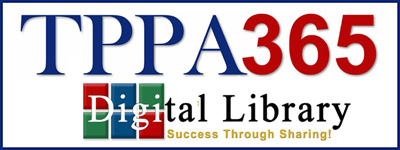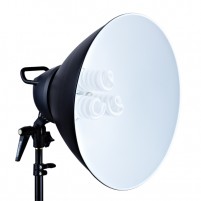 Parabolics
Parabolics
Parabolic reflectors are designed to increase the efficiency of the light by focusing the light forward. This is accomplished by the “bowl” shape which works to keep the light beaming forward. The directional beam of light can be very harsh creating very distinct shadows which “sculpts” the subject to bring out detail and texture.
For portrait images, the lights are usually feathered to skim the edges of the light on the subject to create a softer and more flattering light on the subjects.
The parabolic shape is also used in other lighting modifiers such as parabolic umbrellas.
 Umbrella: Great for portraits as they provide uniform diffused light. They are available in a variety of sizes and materials. Select white, silver or gold, depending on the warmth of light you want to direct onto your subject.
Umbrella: Great for portraits as they provide uniform diffused light. They are available in a variety of sizes and materials. Select white, silver or gold, depending on the warmth of light you want to direct onto your subject.
Softbox: Available in different sizes to help control the contrast of the light. Smaller softboxes produce higher contrast light while the larger softboxes provide a softer light. Usually used in conjunction with a reflector. The image below shows a small softbox fitted over a portable strobe.

Strip Light
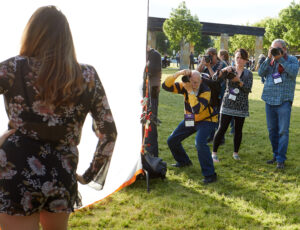
Photographers using a scrim.
Strip Light: A narrow softbox—great as a hair light or as a main light.
Scrim: Translucent diffusion panels placed in front of a light source to soften the light.
Snoot: When attached to a light source, snoots restrict the spread of light to a concentrated area. They produce a “spotlight” effect. Some have a focusing capability to allow you to control the spread of the light.
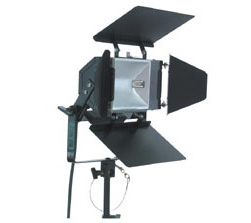
Barn Doors
Barn Doors: These attach to your strobes to control light coverage. They usually have 2 or 4 hinged flaps that move independently and adjust how wide or narrow an area the light covers.
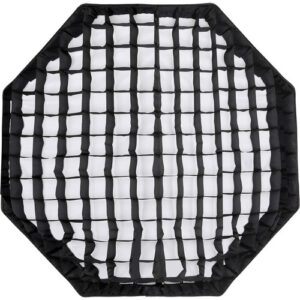
Grids or “Egg Crates” on an Octagon Soft Box.
Grids: Also known as, “egg crates”, grids are used to control stray light by keeping the direction of light focused forward. The softbox at left is fitted with grids.
Louvers: Blinds attached to a softbox that open and close to help control the volume of light and the direction of the light coming out of the softbox.
Lighting Accessory Gear
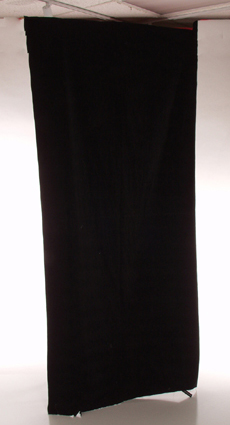 Gobo/Flag: Gobo comes from the words “go between”. Gobos are usually black cards or “flags” that are placed in front of the light source to block unwanted light. They are usually used to keep light from hitting a particular spot on the subject or to keep stray light off the background. (left)
Gobo/Flag: Gobo comes from the words “go between”. Gobos are usually black cards or “flags” that are placed in front of the light source to block unwanted light. They are usually used to keep light from hitting a particular spot on the subject or to keep stray light off the background. (left)
Reflectors: Reflectors come in many shapes and sizes and are made from numerous materials. They are used to reflect or bounce light back into shadow areas to help illuminate details.
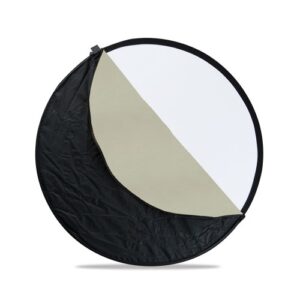 White reflectors provide a soft, diffused light quality where silver reflectors tend to be more specular.
White reflectors provide a soft, diffused light quality where silver reflectors tend to be more specular.
Gold reflectors reflect “warm” light onto the subject.
Black reflectors are used to add lighting contrast on a subject through a subtractive light technique in which the reflector is used to “block” light or to reflect “black” into the shadows.

Assortment of cookies.
Cookies: A cookie (cuculoris) is placed in between a light source and the subject or background in order to break up the light into a more interesting or desirable pattern. (above)
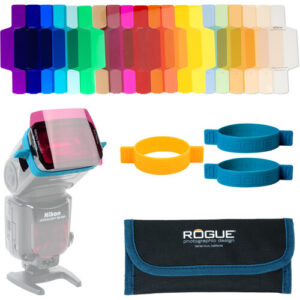 Gels: Filter sheets used over light sources to change colors of backgrounds or change the color temperature of the light source. There are also gels to help diffuse light.
Gels: Filter sheets used over light sources to change colors of backgrounds or change the color temperature of the light source. There are also gels to help diffuse light.
Gels are often used to create color in the background. Color choices are selected to create mood, create contrast or to create a desired color scheme. In the image at right, I selected the gel to tie together the color of her hair and her shirt.
In the image below, I used two gels on separate lights on either side and overlapped them to create a blend of colors in the center. I liked the contrast of cool to warm colors in the background which bring out the contrast of the cool colors of her sweater and her warm tones of her skin and hair.
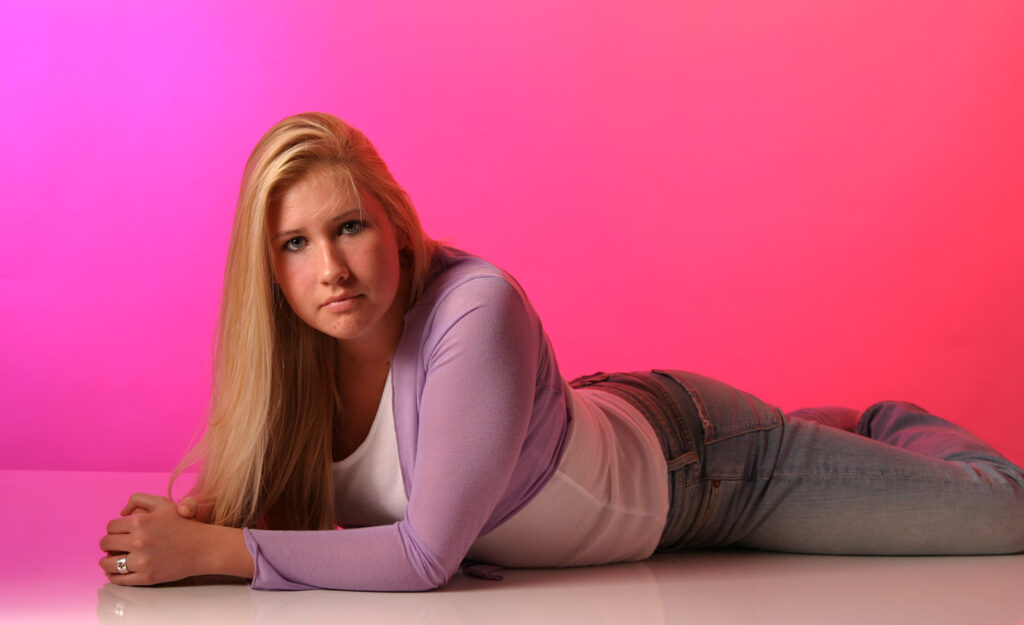
Light from the main or fill will dilute the color created by the gel so care must be taken to keep stray light off the background.
Gels used on a white background tend to be less intense and more pastel.
Gels used on a black background tend to be more vivid and rich in color. (below left)
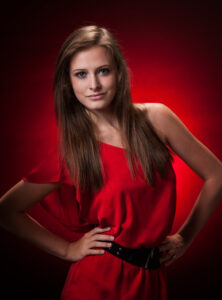
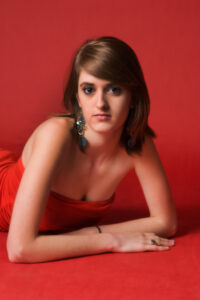
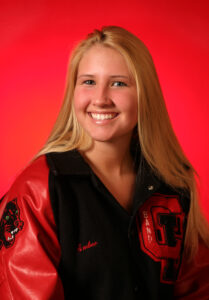
The most intense colors come from using a gel of the same color as the background. In the center image above, the red color comes from using red seamless paper with no additional background lighting. The image above right uses a red gel to illuminate the red paper.
